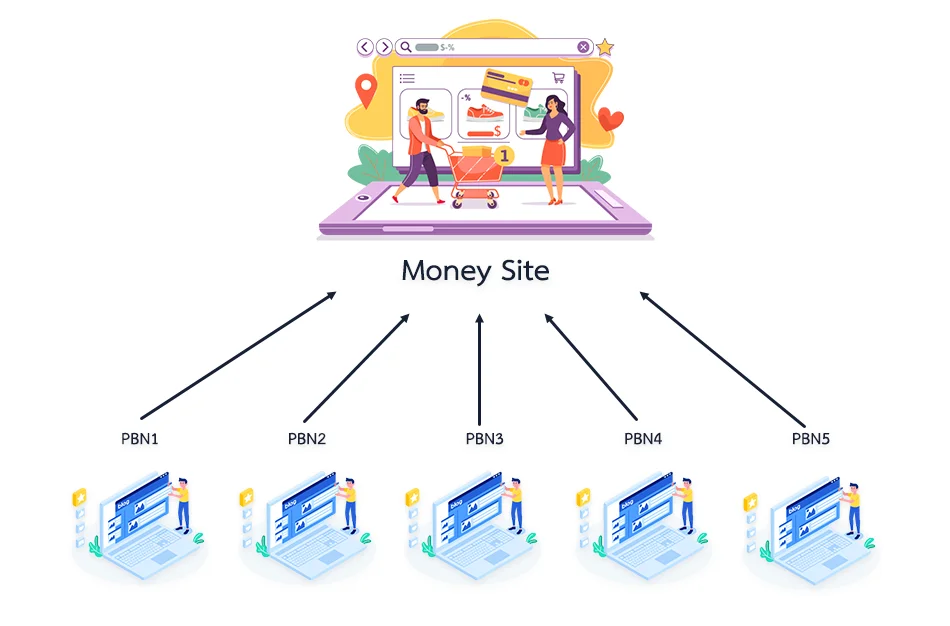All Categories
Featured
Table of Contents
- – Where To Buy The Top Semantic Content Strategies
- – How Much Should I Pay For Tools For Semantic S...
- – What Is The Leading Best Semantic Seo Tools B...
- – Top Semantic Content Creation Showroom Near Me
- – Whats The Most Popular What Is Semantic Seo ...
- – How Much Does It Cost To Have A Semantic Seo...
- – What Is The Most Reliable Semantic Search Al...
This is since search engines have advanced and are moving a lot more and a lot more in the direction of reviewing material on the internet. Of training course, that has also changed the means we create material, particularly if we desire to rate far better in the search engines.
Intertwingularity is not generally recognized, people maintain pretending they can make things deeply ordered, categorizable and sequential when they can not. Based on the relationships between search intents, the search engine favors a web content in positioning by calculating the range between the vectors of significance.
It permits you to see, beginning from a subject, all the entities that belong to that topic. By doing this you can clearly see which entities/concepts/ideas have actually already been covered on your website, and you can find new possibilities by understanding what web content you can add and how to produce it.
Where To Buy The Top Semantic Content Strategies
It is able to make your content understandable for internet search engine on the one hand and for your target market on the other. Structuring your material model highlights your web content and its underlying partnerships so that search engines can identify you among numerous items of information, making you extra visible to users who fulfill the search intent pertaining to your company.
In semantic SEO copywriting, an editor begins with a wider range of topics and tailors the material to include semantically relevant terms and expressions that help readers recognize a subject, comparable to checking out web content in a wiki. From a web content creating perspective, one useful way to do this is to produce a vocabulary of terms and questions surrounding your target subject.
How Much Should I Pay For Tools For Semantic Seo?
Find out more regarding by enjoying the by!.

Semantic search describes the process of exactly how online search engine recognize and match key words to a searcher's intent in natural search engine result. Prior to semantic search, online search engine like Google operated like matchmakersaligning details words in your inquiry with those precise words on pages. The outcomes were straightforward but frequently lacked depth.
What Is The Leading Best Semantic Seo Tools Business?
It enables Google to use quick, accurate response to look inquiries about real-world topics. When you kind a query word into Google, you're not just entering a series of words. You tap into an intricate internet of significances and connections. Google's Expertise Chart sees these words as entities with context and relationships.
When you browse for "Apple," Google doesn't simply see a word that describes a fruit. It identifies Apple as a business and can give relevant info. It was Google's answer to the surge of voice searches, where inquiries came to be much more conversational and nuanced.
Top Semantic Content Creation Showroom Near Me
By incorporating NLP, Hummingbird enabled Google to relocate beyond simple keyword matching. It helped the search engine comprehend search intent, enhancing the chances that results would properly match the reason behind a customer's search.
Making it more reliable at taking care of never-before-seen search questions. RankBrain takes into consideration more than simply keyword phrases when assessing a search query.
So it brings outcomes that match the key phrases and align with the overall intent of giving pup training recommendations. And if the customer often browses for dog-related material, Google might prioritize more thorough training guidesrecognizing the customer's continuous interest in the topic. Combining modern technologies like the Expertise Graph, Hummingbird, and RankBrain, semantic search helps the Google algorithm interpret and link information across a huge internet of details.
Whats The Most Popular What Is Semantic Seo To Buy
The focus shifts from keyword option to an alternative technique incorporating user intent, topical relevance, and general customer experience. Producing material that addresses the searcher's demands with thorough info can enhance your SERP rankings. Listed below, we lay out the fads and methods that consolidate the need for semantically informed web content. Later, we provide actionable ideas to turn these insights into finest methods.
A more comprehensive method to content aligns better with semantic search's shift away from specific key phrase matching and towards individual intent. Material that covers search questions extra thoroughly not just satisfies users.
UX aims to produce an aesthetically attractive, straightforward interface with engaging, top quality content that motivates site visitors to stay. Semantic search technology makes it possible for search engines to aim for results that provide the ideal possible UX.
How Much Does It Cost To Have A Semantic Seo Optimization Tools?

All display Google's capability to resolve a subject query thoroughly. By understanding the context and intent behind individual inquiries, search engines can deliver a lot more pertinent info and possibly increase user involvement. Personalization in search engine result produces much better UX.Based on your past search background and choices as a user, semantic search aids browse engines tailor the results to fit your special needs and passions.
It fetches outcomes that match the search phrases and align with the total intent of supplying pup training suggestions. And if the user often looks for dog-related content, Google might prioritize extra comprehensive training guidesrecognizing the individual's ongoing interest in the subject. Combining modern technologies like the Expertise Chart, Hummingbird, and RankBrain, semantic search aids the Google formula analyze and connect information across a huge web of information.
What Is The Most Reliable Semantic Search Algorithms?
The focus changes from keyword selection to a holistic strategy encompassing user intent, topical relevance, and total individual experience. Producing web content that deals with the searcher's needs with thorough information can boost your SERP positions. Listed below, we describe the trends and practices that settle the need for semantically informed material. Later on, we offer actionable suggestions to transform these understandings into best methods.

And kind of content can best please their requirements. A wider approach to content aligns better with semantic search's change far from specific key words matching and towards individual intent. Which describes the boosted focus on topic collections, rather than private keyword phrases. Content that covers search questions better not just satisfies customers.
UX aims to create an aesthetically attractive, easy to use interface with engaging, top quality web content that motivates visitors to stay. Semantic search innovation makes it possible for search engines to aim for outcomes that supply the ideal feasible UX.
All display Google's capability to attend to a subject query adequately. By comprehending the context and intent behind individual inquiries, internet search engine can supply extra appropriate information and potentially increase customer engagement. Personalization in search engine result makes for much better UX.Based on your previous search background and choices as an individual, semantic search helps internet search engine tailor the results to fit your one-of-a-kind requirements and passions.
Table of Contents
- – Where To Buy The Top Semantic Content Strategies
- – How Much Should I Pay For Tools For Semantic S...
- – What Is The Leading Best Semantic Seo Tools B...
- – Top Semantic Content Creation Showroom Near Me
- – Whats The Most Popular What Is Semantic Seo ...
- – How Much Does It Cost To Have A Semantic Seo...
- – What Is The Most Reliable Semantic Search Al...
Latest Posts
What Is The Most Trusted Enhancing Seo With Semantics Right Now
How Do I Choose A Seo With Semantic Search Service?
The Leading Semantic Search Engine Results Pages (Serps) Service?
More
Latest Posts
What Is The Most Trusted Enhancing Seo With Semantics Right Now
How Do I Choose A Seo With Semantic Search Service?
The Leading Semantic Search Engine Results Pages (Serps) Service?